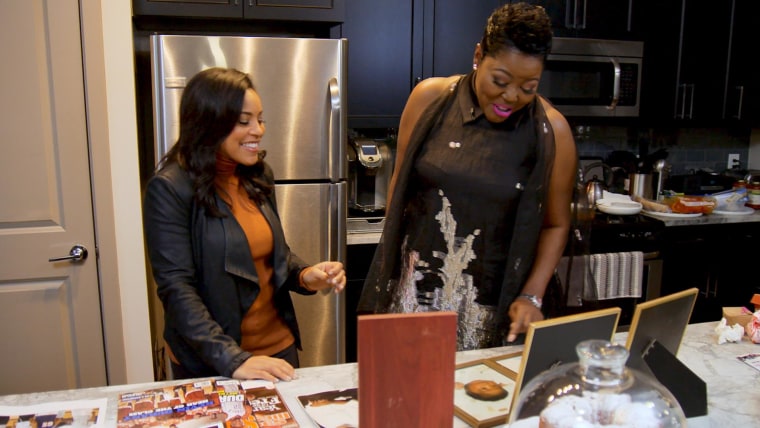Despite LeBron James describing the NBA All-Star game as “a slap in the face” amid the Covid-19 pandemic, the league’s best will descend on Atlanta on Sunday. But notably absent will be one of this season’s brightest stars — Brooklyn Nets’ standout Kevin Durant will be sidelined due to a hamstring strain. It’s an ironic moment for a player who has staged one of the most remarkable comebacks in recent NBA history.
Less than two years removed from a ruptured right Achilles tendon injury, Durant is lucky to be playing regularly on a NBA court, let alone receiving All-Star acclaim and Most Valuable Player consideration.
As doctors and professional athletes across various sports can attest, an injury this grave to the Achilles tendon can forever alter the trajectory of a pro career. Durant’s return to form this year is not just an incredible feat; it also provides proof of the impressive evolution of surgical techniques and rehabilitation protocols.
The Achilles tendon is a thick, elastic band of tissue that connects the calf muscle to the heel. It is the body’s strongest tendon and enables pretty much all of an athlete’s crucial movements.
“It is one of the most important, if not the most important, muscle-tendon structure of the lower extremity. It provides explosiveness, it helps provide agility. And so, when you’re an athlete, you need that explosiveness to be able to run, jump, twist, change directions, hop,” Dr. Selene Parekh, a professor of orthopedic surgery at Duke University, told me.
The final stretch of Los Angeles Laker great Kobe Bryant’s storied career illustrates just how devastating these types of injuries can be.
On April 12, 2013, Kobe Bryant tore his left Achilles tendon and crumpled to the floor in pain during a late season game against the Golden State Warriors. Though Bryant remained on the court to shoot two clutch free throws prior to departing, the significance of the injury was apparent even to him.
In a Facebook post penned only hours later, the Hall of Famer candidly shared his fears: “Maybe I should break out the rocking chair and reminisce on the career that was. Maybe this is how my book ends.”
In fact, this proved to be the beginning of the end for Bryant. Though he returned to the court eight months later, the “Black Mamba” only played in 6, 35 and 66 games, respectively, during his three subsequent seasons, averaging 18.9 points per game with a poor 36.6 percent shooting percentage. And though age and other injuries certainly contributed to Bryant’s regression, his Achilles injury was the death knell.
“The Achilles rupture is a turning point for a litany of athletes,” George Holmes, director of the Orthopedic Foot and Ankle Section at Rush University Medical Center, told me.
A recent study in the Orthopaedic Journal of Sports Medicine looked at NBA players who suffered the injury between 1970 and 2019. It found that 30 percent of these players were unable to return to the court after repair. On average, returnees were unable to revert to their pre-injury forms during the study’s three year follow-up period.
On average, returnees were unable to revert to their pre-injury forms during the study’s three year follow-up period.
Another study in the American Journal of Sports Medicine followed athletes from various professional sports leagues (NBA, MLB, NFL and NHL) after an Achilles tendon rupture. Of this array of athletes, NBA players had the hardest time returning to form.
Then there’s the case of Kevin Durant, who started his comeback last December, 18 months after tearing his Achilles tendon in Game 5 of the 2019 NBA finals.
As Louisa Thomas of the New Yorker wrote, “no one knew what kind of player would ultimately return to the court.” This was especially true given that Durant was playing at such an ascendant level prior to his injury. One of the best players in the world, he possessed “a game that was not quite like that of anyone who had come before,” Thomas noted.
But a few months into the NBA season, we know exactly which kind of player has returned. It is the Kevin Durant of old. He is shooting the basketball more efficiently than ever, with no drop-off in his other transcendent, on-court abilities. And his Brooklyn Nets are in contention to be the top seed in the Eastern Conference.
To be fair, Durant’s recovery was fortuitously aided by Covid-19 scheduling changes which allowed for some valuable extra rehabilitation time. In addition, minimally invasive surgical techniques, the preservation of blood supply to the ailing tendon and the prioritization of early rehab have all made a sizable difference in improving outcomes.
“We are better off today than we were 10 years ago. As all these things continue to advance, we should hopefully see over the next decade or two that the impact these injuries have on athletic performance will decrease,” Duke’s Parekh added.
But ultimately, medical science can only do so much.
“The same thing that makes someone a superstar, that’s their personality, that’s their DNA,” Dr. Daniel Guss, a professor of orthopedic surgery at Harvard Medical School, told me. “These are some of the hardest workers in the world. And that’s the same way they approach rehabilitation. And so in some ways it’s surprising, but in some ways it’s completely unsurprising. If anyone were to do it, it would be someone like him.”
Source: | This article originally belongs to Nbcnews.com














